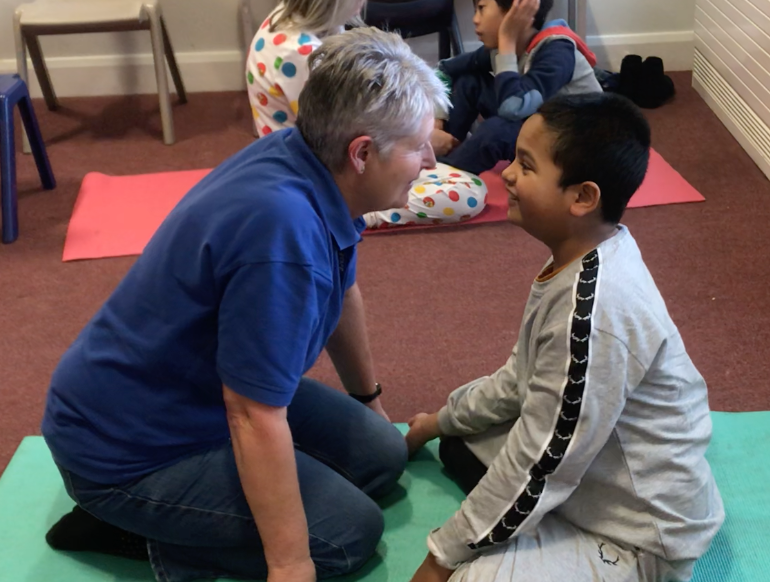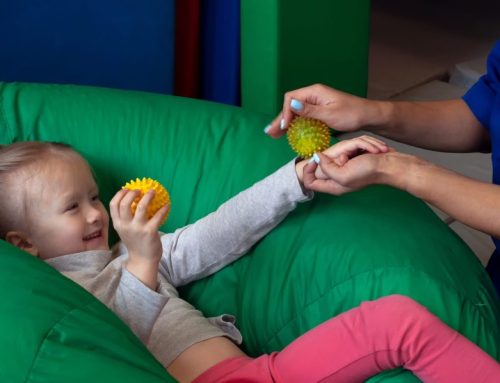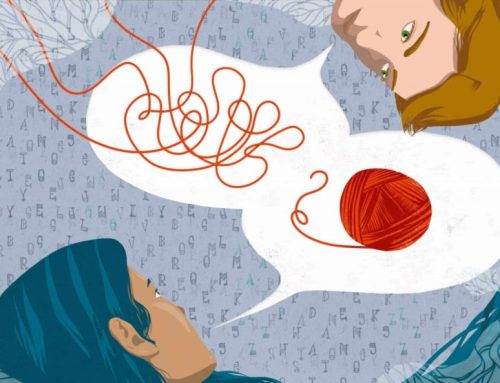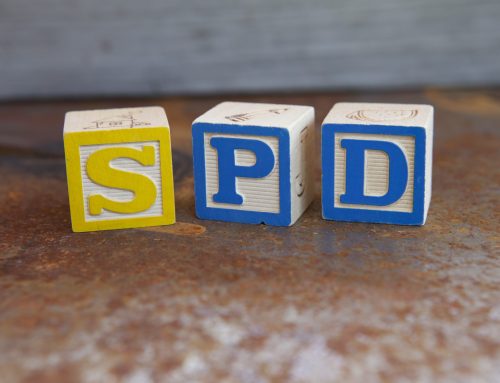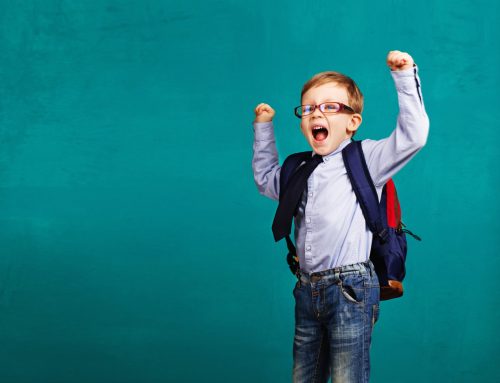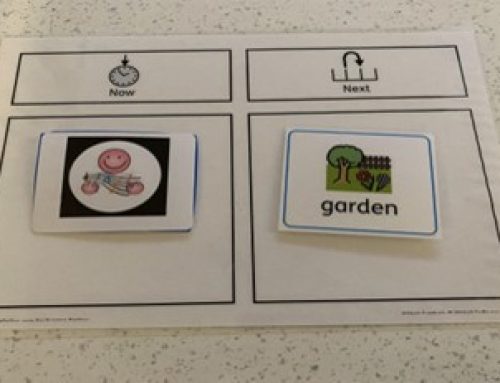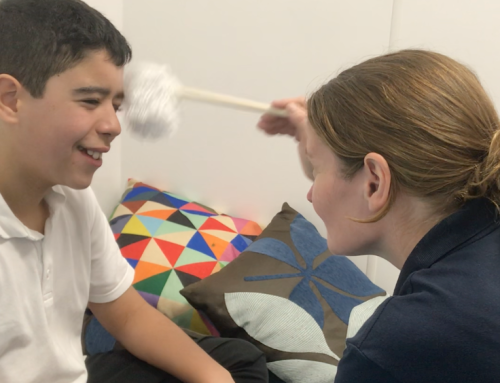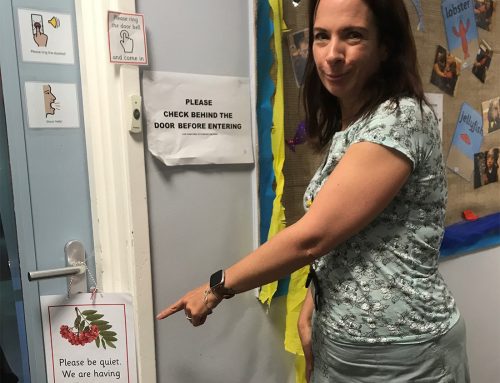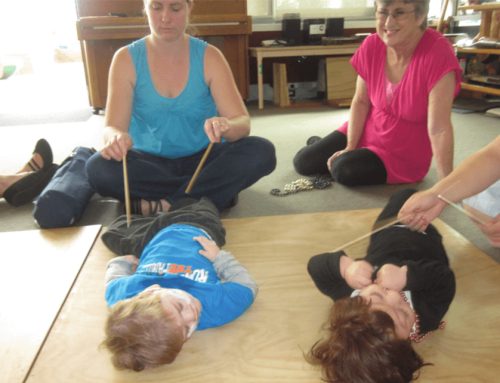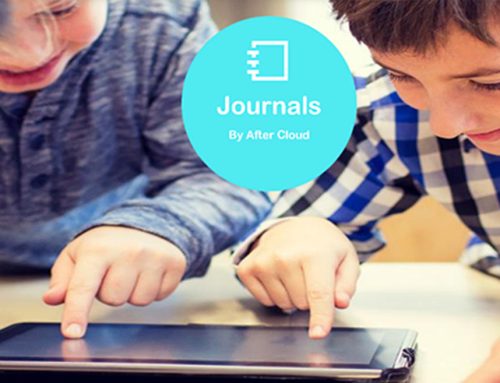Being Present in TACPAC Sessions
Modern life is full of distractions. It’s also incredibly busy. At any given moment of the day, we are having to multitask just to get by. Some of us have had to become pretty good at it! But even the best multitaskers will admit that, although it means that things get done, they are done less well than if we were able to give something our full attention.
If you’ve ever tried explaining to your child that they should not draw on the walls whilst simultaneously trying to follow a recipe, you’ll know what we mean! Constantly switching between your budding artist and your cooking means that you can’t give either your full attention.
In a TACPAC session, our attention is entirely focussed on our receiver; and in return, we expect their full and undivided attention. Imagine if you had to work with two receivers during your TACPAC session: you would be forever switching back and forth between the two, and in turn allowing their attention to wander whenever your focus shifts.
The total focus between giver and receiver is a core part of building a trusting and productive partnership. Being present is being in the moment, without distraction. You’re present and aware of what you’re doing, rather than what you’re not doing, or what you’re going to be doing. You’re PRESENT.
Why does this matter?
The TACPAC partnership is based on trust. The more your receiver trusts you, the more they will develop the confidence to relax and communicate. This will help you to build a strong relationship and get the most out of your TACPAC sessions.
One of the ways to build this trust is by giving the receiver undivided attention. By doing this we are saying that they are important to us, that they matter and that we are here for them, ready to “listen” when they are ready to communicate – in whatever form that takes. You’ll learn to notice more, respond with calm, ease and economy of thought and movement, and become more effective at being present with your partner.
By being present in the moment and constantly focussed on their partner, TACPAC givers can be fully aware of the nuances of how their receiver communicates. Together they can build up a sensory vocabulary where they are able to interpret the needs and wishes of their TACPAC partner. Being alert to even the most subtle cues from your partner, and knowing how to interpret them and respond accordingly, is the basis for a strong, trusting and intimate TACPAC partnership.
Give yourself a TACPAC MOT
Now is the time to do some reflecting on how you are during your TACPAC sessions. We call it the TACPAC MOT, because it helps both you and your receiver get More Out of TACPAC!
Hopefully you have a single receiver to work with in each of your Tacpac sessions; but are you completely focussed on the work you are doing with your receiver during the session? Are you aware of what you are thinking, feeling and doing during the session? Are you zeroed in on how your receiver is responding?
In the sessions where you do make this special effort to be fully present and give your Tacpac receiver your undivided attention, do you notice a difference from any previous sessions where you might have been distracted? How does your receiver respond? How do you respond? Does it make you feel any differently about your session together?
Learn more about being present!
You can read more about the concept of being present and why it is such a valuable lifeskill here: https://www.rogerkallen.com/the-power-of-being-present/ and here: https://facilethings.com/blog/en/being-present.
Share your story!
Do you have a story about being present in your TACPAC sessions, and how it affects your TACPAC partnership? Have you noticed any difference in your TACPAC sessions if there have been distractions versus if you have both been able to focus solely on your work together?
Email us to share your stories, photos and videos: info@tacpac.co.uk.
Find out more!
If you want to learn more about the importance of focus and being present on building TACPAC partnerships, sign up to one of our online training sessions: https://tacpac.co.uk/tacpac-online-training/.


